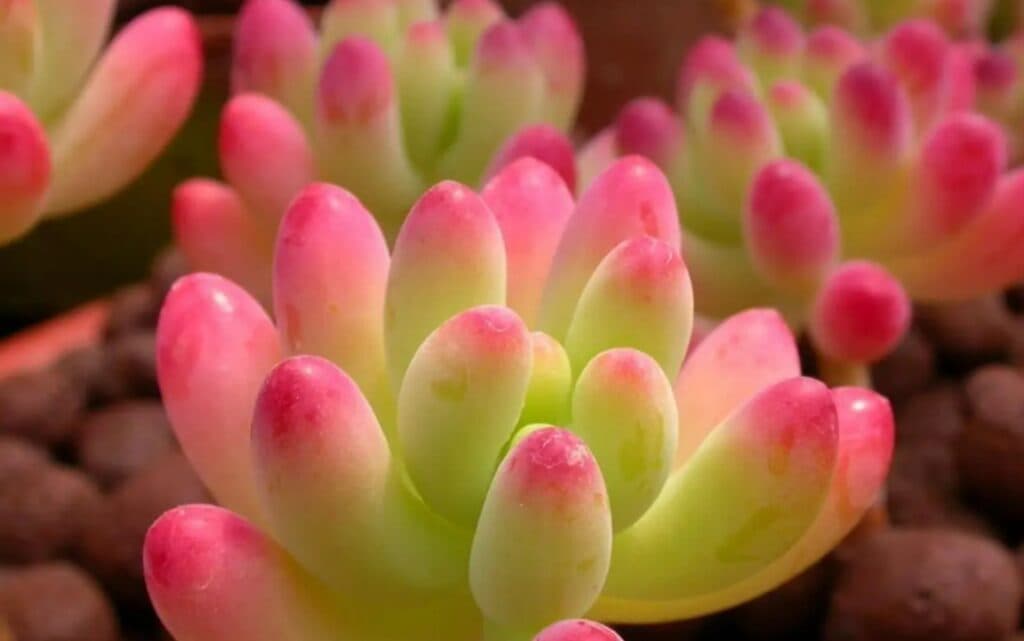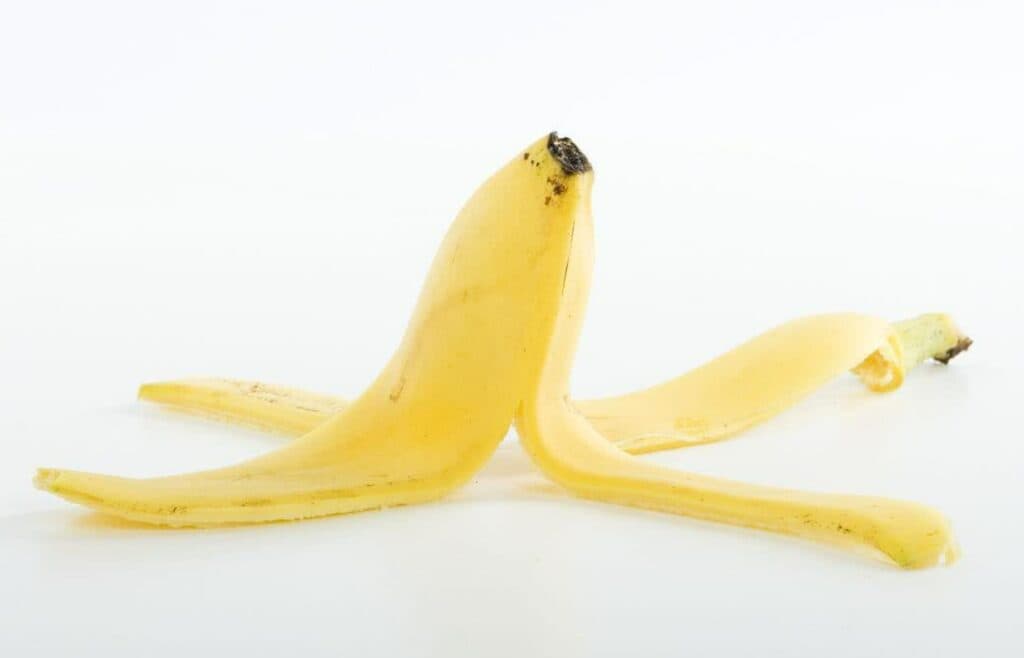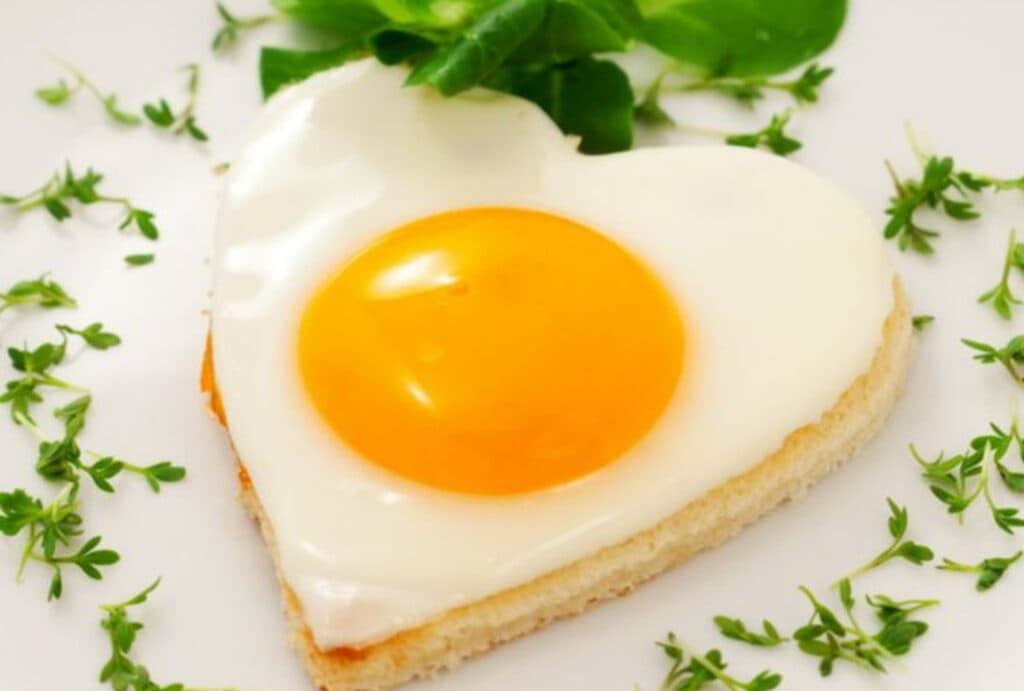How to make homemade fertilizer at home?

In daily life, many flower gardening enthusiasts often worry about fertilizers for growing flowers. In fact, there are many things that can be used as flower fertilizer. Many wastes can be used as good fertilizers for flower growth after being fermented by starter. High-quality flower fertilizer can be made from kitchen scraps. These homemade fertilizers contain a variety of nutrients and rich organic matter. They have mild and long-lasting fertilizer effects. They can also improve the soil, make the soil form a granular structure, and coordinate the air and water in the soil, which is extremely beneficial to the growth and development of flowers. It can not only solve environmental protection problems, but also make value-added use.
What materials are suitable for making homemade fertilizer at home?
Fruit Peels:
Fruit peels homemade fertilizer: Collect kitchen waste peels, such as banana peels, apple peels, orange peels, etc., mash them after exposure, and add them to water for fermentation. It needs to be deflated every day during the fermentation process, and it can be used after about 1 month of fermentation. This fertilizer is rich in nitrogen, which aids in plant growth.
Egg shell powder:
Wash the egg shells, boil them in hot water for sterilization, then beat the egg shells into powder and bottle them for fermentation. It can be used after one month of fermentation. Egg shell powder is rich in phosphorus and is suitable for use as phosphate fertilizer.
Seaweed residue:
Seaweed residue homemade fertilizer: Collect fresh seaweed, dry it, put it into a vat, add water, stir, and then soak and ferment. After fermentation, pour out the clear water in the upper layer, leaving the seaweed residue at the bottom, and then dry the seaweed residue to obtain seaweed potassium fertilizer.
Plant ash water:
Plant ash water: Plant ash contains nitrogen, phosphorus, potassium and other elements, which can be directly mixed with water to make fertilizer. This method is suitable for plants that require multiple elements of nitrogen, phosphorus and potassium.
Animal bones and fish bones:
Animal bones and fish bones: These materials are rich in phosphorus. They can be collected and exposed to the sun for fermentation, then broken into pieces and spread directly into flower pots as fertilizer. If the bones are cooked, they need to be soaked in water to remove the salt before use.
Rice water:
Rice water: Add peel and sugar to rice water to make potassium fertilizer. You need to add water when using it, because the rice water contains more potassium.
How to make nitrogen homemade fertilizer at home?

Nitrogen fertilizer is the main fertilizer that promotes the growth of flower roots, stems and leaves. Crush beans, peanuts, melon seeds, and castor beans that are inedible due to mildew, as well as leftover vegetable leaves, bean shells, melon peels, pigeon droppings, expired and spoiled milk powder, and put them in a small jar. Fill it with water, then seal it and let it ferment until it becomes decomposed. In order to let it rot as quickly as possible, it can be placed in a place exposed to sunlight to increase the temperature. When all these substances in the jar sink and the water turns black and has no smell (it takes about 3-6 months), it means that it has been fermented and decomposed.
How to make phosphate fertilizer at home?
Pour the horns, pig trotters, bones, fish intestines, poultry excrement and fish intestines, meat bones, fish bones, fish scales, crab shells, shrimp shells, hair, nails, livestock hoof horns, and miscellaneous bones into the tank and add an appropriate amount of gold. After adding a small amount of water to the baby starter culture (anaerobic type), keep the humidity at 60%-70%, seal it, and after a period of decay and fermentation, it can be mixed with water for use. If it is brewed and fermented, it becomes a flower fertilizer rich in phosphorus. Make the flowers colorful, bright and the fruits plump. The fertilizer effect can last for more than 2 years.
How to make potash homemade fertilizer at home?
The leftover tea water, rice water swill (preferably fermented with Gymboree starter), plant ash water, milk bottle washing water, etc. are all good potash fertilizers and can be used directly to water flowers. They all contain certain nutrients such as nitrogen, phosphorus, and potassium. They are used to water flowers and trees. They can not only maintain soil water, but also add nitrogen fertilizer nutrients to plants, which can promote the development of root systems and luxuriant branches and leaves. Plant ash also contains potash and can be used as base fertilizer. Potassium fertilizer has a significant effect on improving the ability of flowers to resist lodging and resist pests and diseases.
How to Make Banana Peel Potassium Fertilizer at Home?

Banana Peels homemade fertilizer: Banana peels are very rich in potassium, which can promote the growth of plants, and banana peels are a type of fertilizer that is relatively easy to rot. Many gardeners like to use banana peels as fertilizer. It’s simple and cost-free. Just build the leftover banana peels into small pieces, then find a slightly larger trash can, lay a layer of pictures on it and then a layer of banana peels, layer by layer. Okay, add water, and finally seal the layer with soil. Let it sit for about a month and it will be ready for flowers.
How to make homemade enzyme fertilizer at home?
Homemade Enzyme fertilizer: First of all, we can collect some vegetable roots and peels left over from daily cooking and cut them into small pieces. It would be best if they can be chopped. Then we put the cut peels in plastic bottles or glass. In the jar, add water. If you have brown sugar at home, pour some brown sugar. It will be ready for flowers in about two months. We should pay attention when using it. It must be diluted with water 100 times before use, otherwise the fertilizer effect will be too high and the roots will burn easily.
How to use egg shells as fertilizer at home?

Egg shells contain very sufficient calcium and phosphorus substances, which can promote the growth of flowers. We put the eggshells under the sun and dry them vigorously. After drying, we grind the eggshells into very fine eggshell powder. Then when we grow flowers, we can sprinkle the eggshells directly on the soil surface to give flowers It is very simple to supplement phosphorus and calcium elements. Flower lovers can try it at home.
How to make homemade nitrogen fertilizer using soy bean?
Making nitrogen fertilizer with soybeans is actually very simple. After the water boils, add the soybeans and then add an orange peel. This can easily solve the problem of stinky homemade fertilizer. Wait for the water to boil again and then cook for about 7-8 minutes. , then let the cooked soybean water cool down, put it in a plastic bucket and tighten it. During the fermentation period, open the lid every day to deflate it. After a while, you can smell a sour smell after opening it, then you can add water to fully dilute it to supplement the plants. Got it!
How to make homemade fertilizer using kitchen sugar?
The essential white sugar in our kitchen is actually a very good natural rooting water. It not only makes the root system stronger, but can also soak seeds, water flowers, and promote rooting when cutting. It is simply a universal nutrient solution for flower cultivation! When using sugar water to grow flowers, we must fully dilute it before use. Use at least 100 times the water to soak the seeds, which can promote their rapid rooting and germination. This will make the plants grow stronger in the later maintenance, or use 500 times the water to grow flowers. Dilute it with 2 times of clean water and spray it on the seedlings of camellia and other plants, which will accelerate their growth and make them stronger.
Conclusion:Make Homemade fertilizer at Home
Making fertilizer at home is a very simple thing. There is really no need to buy expensive fertilizer online. We can make very effective fertilizer with some materials around us. These fertilizers are different from the fertilizers purchased online. We make them at home. One of the fertilizers is low-cost and the other is completely organic, so the plants prefer the organic fertilizers we make ourselves.

